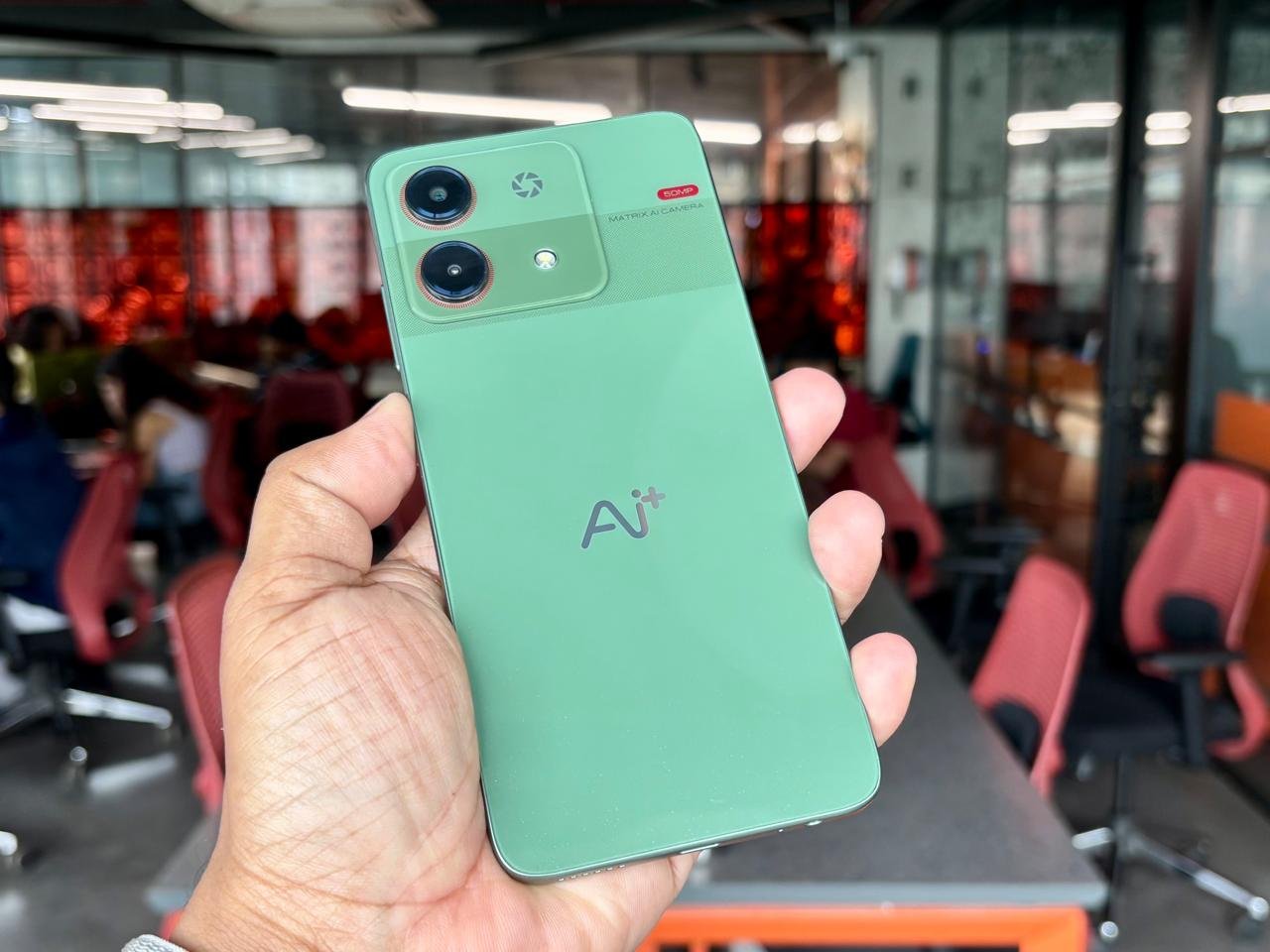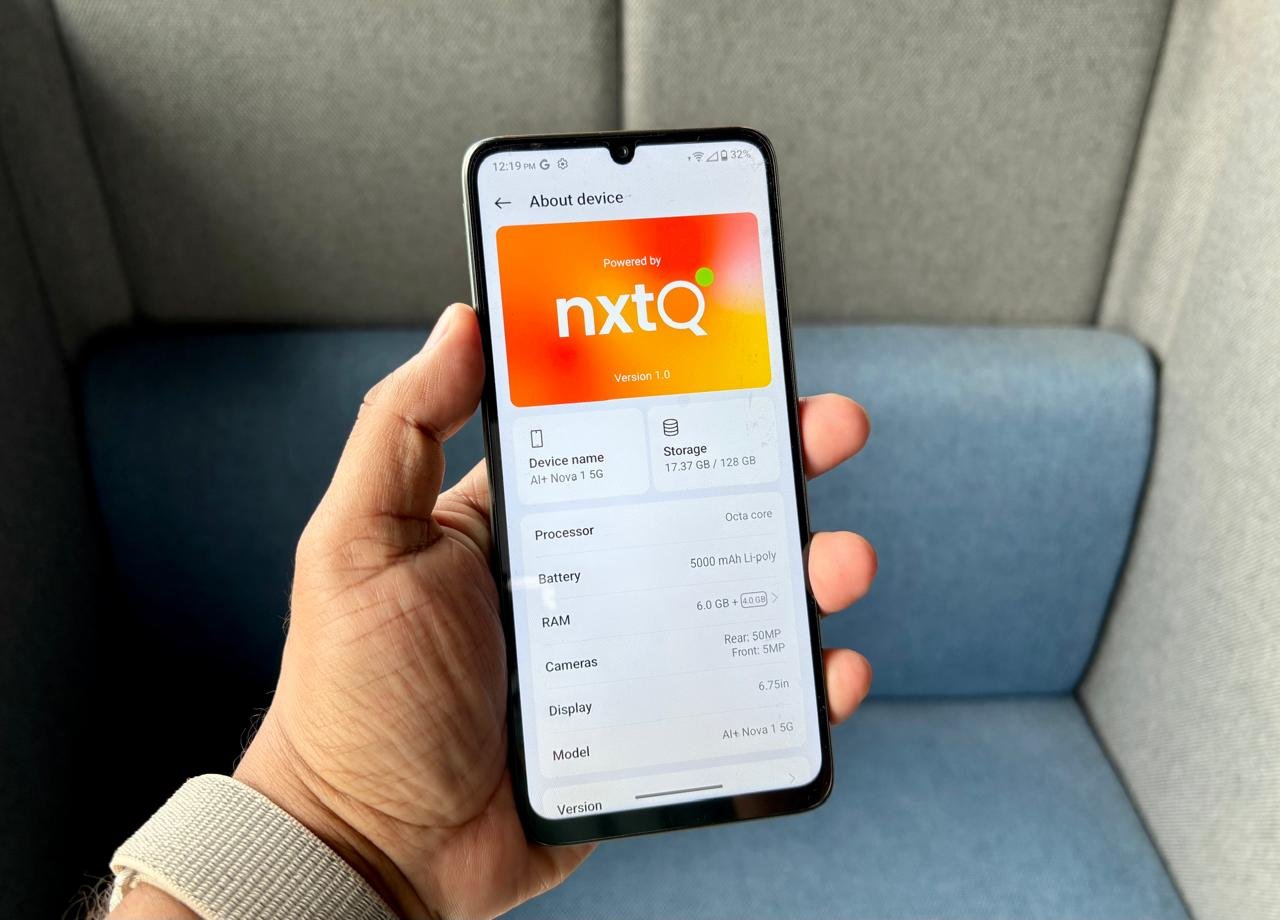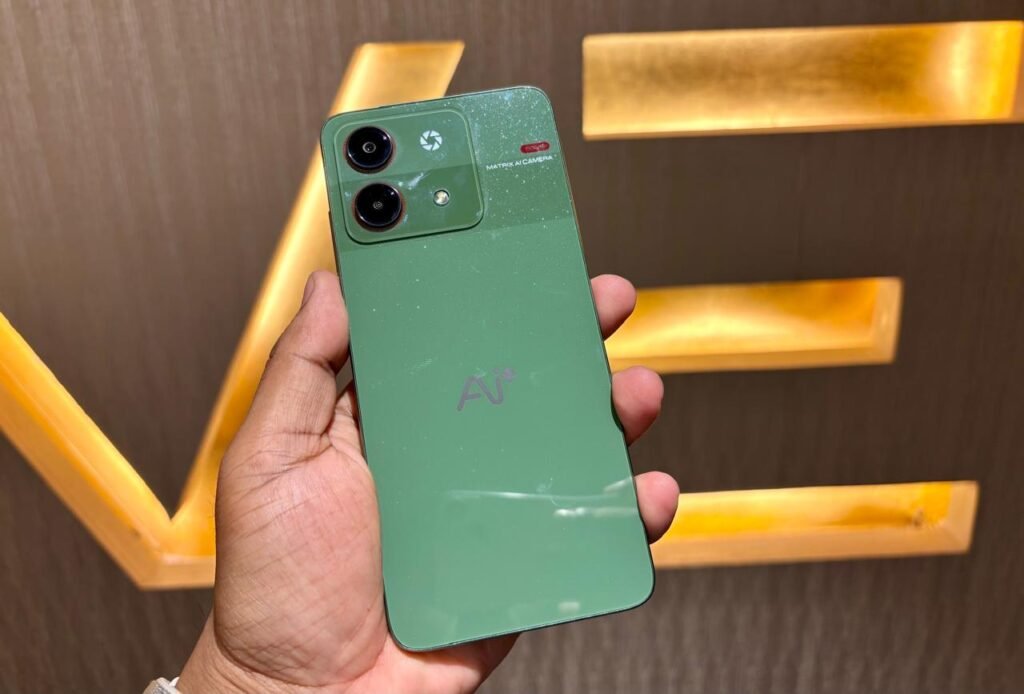The AI+ Nova 5G stands out in the sub-₹10,000 market with its privacy-focused NxtQ OS and Android 15. Equipped with a reliable Unisoc processor, a 50MP AI camera for good lighting, and a long-lasting 5,000mAh battery with fast charging, it offers great value. However, it has a thick chin bezel, an average selfie camera, and some software bugs.
In comparison to the Lava Blaze Dragon at ₹9,999, the Nova 5G outperforms in privacy features, OS quality, and charging speed. While the Blaze Dragon has a better selfie camera and similar performance, it lacks security features. For users who prioritize privacy and battery life, the Nova 5G is the better choice. With some software and camera improvements, it could lead the segment as a great budget 5G option.
The Good
- Affordable price with 5G support.
- Strong privacy features with NxtQ OS.
- Impressive battery life and efficiency.
- High-refresh-rate display (120Hz).
The Bad
- Average camera performance, especially for selfies.
- Noticeable thick chin bezel on the display.
- Limited low-light capabilities for both cameras.
-
Build & Design
-
Performance
-
Battery
-
Camera
The Indian smartphone market is a battleground for budget devices, with the sub-₹10,000 segment being particularly competitive. The AI+ Nova 5G, launched by NxtQuantum under the leadership of Madhav Sheth, former Realme CEO, aims to carve a niche by focusing on privacy and security for Indian consumers. Priced at ₹9,999 for the 8GB RAM + 128GB storage variant, the phone boasts a Unisoc T8200 processor, a 50MP AI camera, a 5,000mAh battery, and Android 15-based NxtQ OS. But does it live up to its privacy-focused promise, and how does it stack up against competitors like the Lava Blaze Dragon in the same price range? Let’s find out.
Design & Build
The AI+ Nova 5G sports a sleek design that feels surprisingly premium for its price. It is available in vibrant colours, including Green, Black, Blue, Pink, and Purple. The one we received is the Green variant, which offers a fresh, youthful aesthetic. The plastic back, protected by Panda Glass, adds durability while keeping the phone lightweight at approximately 190 grams. Its ergonomic design makes it comfortable for extended use, and the build quality feels solid, defying expectations for a device under ₹10,000.

However, the 6.7-inch IPS display, with a 1600×720 resolution and 369 PPI, has a noticeable thick chin bezel. While the side bezels are slim, the chin bezel slightly detracts from the modern look. Still, this is a forgivable compromise given the price. The display supports a 120Hz refresh rate, a feature rare at this price point. It also delivers decent colours with up to 1200 nits of brightness, making it suitable for outdoor use. Compared to the Lava Blaze Dragon, which has a similar 6.6-inch IPS display, the Nova 5G’s design feels marginally more refined, and its Panda Glass offers a slight edge in durability over the Blaze Dragon’s standard glass.
Performance
The Unisoc T8200 8-core processor powers the device, delivering a commendable 510K+ AnTuTu score, ensuring smooth performance for daily tasks such as browsing, social media, and light gaming. The 6GB RAM, expandable to 6GB via virtual RAM, handles multitasking efficiently, allowing seamless app switching. The phone runs on NxtQ OS, a bloatware-free Android 15-based interface that enhances speed and offers features like app cloning.

The NxtQ OS stands out, highlighting privacy, a key feature for Indian consumers. Madhav Sheth’s vision shines through with robust privacy features, including app permission controls and a privacy dashboard that monitors app behavior. During testing, the OS flagged an app attempting unauthorized location access, allowing immediate permission revocation. Data encryption and secure storage further strengthen security, making the Nova 5G a rare budget phone prioritizing user privacy. However, i got minor software bugs, likely due to the OS being in a beta-like stage, which could be resolved with updates.
Compared to the Lava Blaze Dragon, powered by a MediaTek Dimensity 6020, the Nova 5G offers similar performance but excels in privacy features. The Blaze Dragon’s OS, while clean, lacks the same AI-driven security tools. The AI+ Nova 5G’s performance, combined with its privacy focus, makes it a compelling choice for security-conscious users.
Camera

The AI+ Nova 5G features a 50MP AI-powered rear camera and a 5MP front camera. The rear camera, equipped with AI enhancements, performs admirably in well-lit conditions, capturing vibrant colours and decent detail. Modes like Night, Portrait, and HDR optimize shots in real-time, with the AI adjusting exposure and sharpness effectively. In daylight, photos show good dynamic range, though fine details like textures can appear slightly soft upon zooming. Low-light performance is acceptable but not exceptional, with noticeable noise in darker environments despite the Night mode.
The 5MP front camera is a weak link, producing selfies with limited detail and poor low-light performance. Colours often appear washed out, and the lack of AI optimization for the front camera is evident. Video recording supports up to 4K 30fps, which is adequate for casual use but lacks stabilization, resulting in shaky footage during movement.
Compared to the Lava Blaze Dragon, which sports a 48MP rear camera and an 8MP front camera, the Nova 5G’s rear camera holds its own. Still, the Blaze Dragon’s selfie camera delivers better clarity and colour accuracy. Both phones struggle in low light, but the Nova 5G’s AI features give it a slight edge in post-processing.
Battery
The AI+ Nova 5G’s 5,000mAh Li-Polymer battery is a standout feature. In a 30-minute 4K video streaming test, the battery dropped by just 6%, demonstrating excellent power efficiency. For moderate usage, such as browsing, social media, and occasional gaming, the battery lasts up to two days. Even with heavy usage, including 5G connectivity and multitasking, it comfortably powers through a full day.
Charging is equally impressive, with 10W FlashCharge technology taking the phone from 0 to 50% in just 45 minutes and a full charge in about 1.5 hours. The USB Type-C port adds convenience. Compared to the Lava Blaze Dragon’s 5,000mAh battery, which supports slower 8W charging, it takes around 50 minutes to reach 50% capacity. While both phones offer good battery life, the Nova 5G’s faster charging gives it an advantage.


